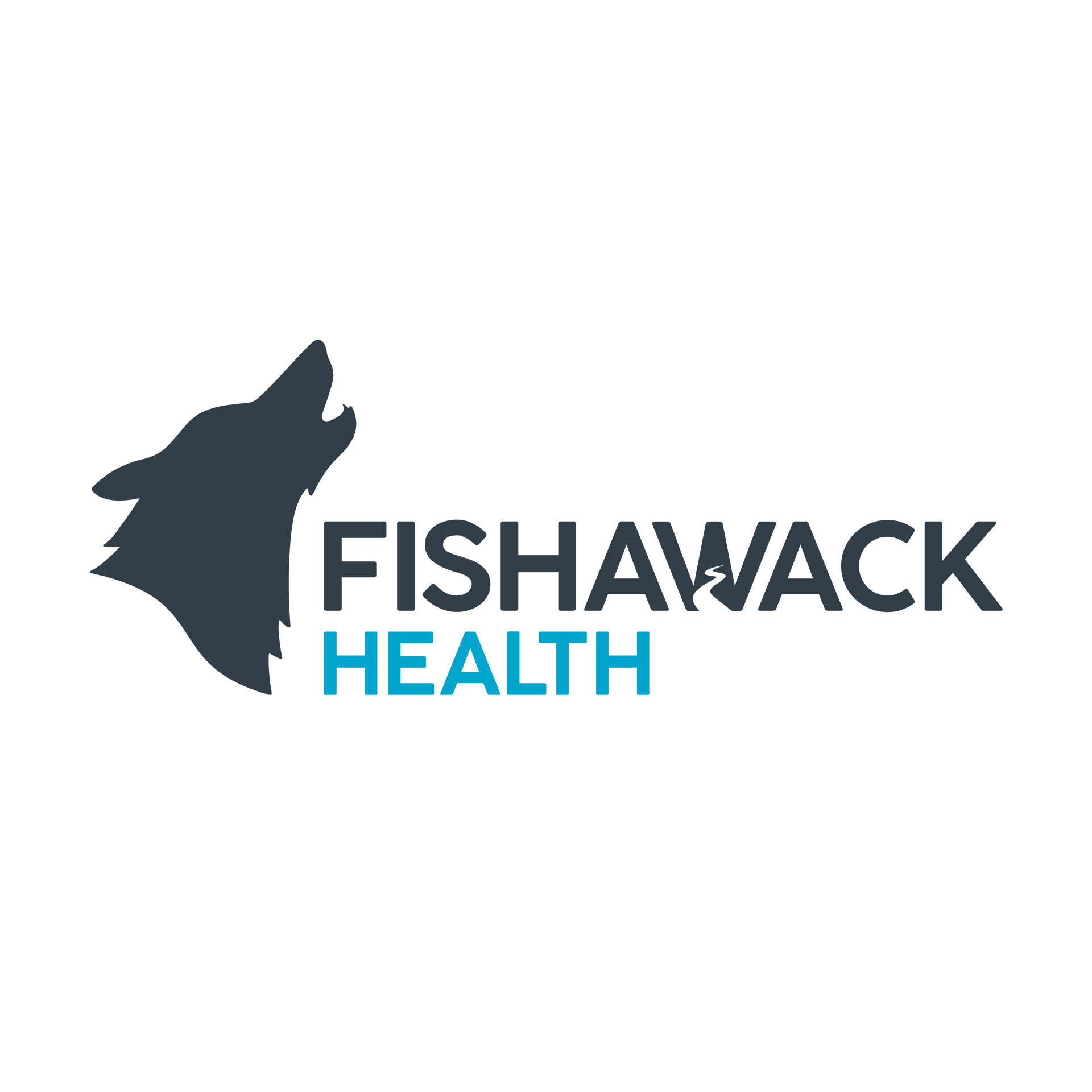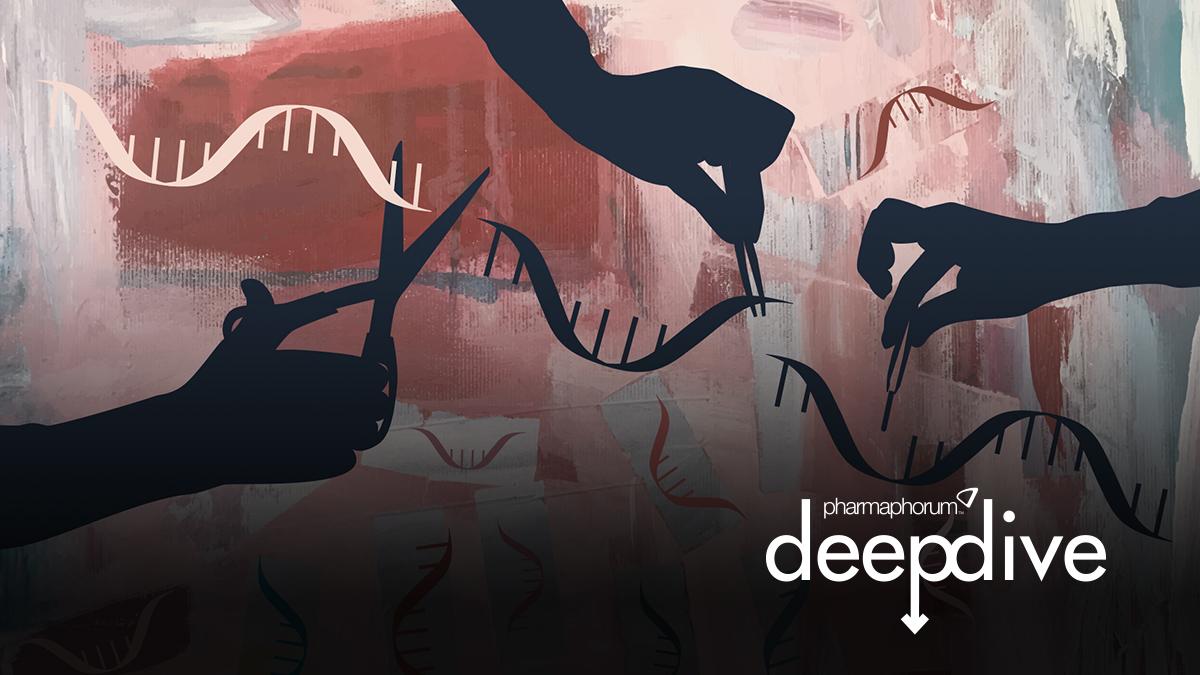Commercialization of novel gene-editing technology in beta-thalassemia

Gene therapies and research into them have grown immensely in recent years, offering more novel tools in regenerative medicine to fight disease, including rare diseases and genetic disorders. In the last decade, there has also been rapid development and interest in CRISPR/Cas9 technology and other gene-editing tools that could offer transformative avenues to deliver gene therapies for patients and families affected by devastating diseases such as sickle cell disease and thalassemia.
Beta-thalassemia is a rare blood disorder caused by a genetic defect in hemoglobin. Several manufacturers are developing novel treatments for the disease, including Vertex, which has partnered with CRISPR Therapeutics to develop a gene-editing treatment for beta-thalassemia and sickle cell. In October 2022, the companies announced their plan to file exagamglogene autotemcel, the CRISPR/Cas9- edited therapy, for a rolling review with the FDA. Novartis also recently inked an up-to $1.5 billion deal with Precision Biosciences to support its development of one-time treatments for beta-thalassemia and sickle cell. The move marks a continuation in its ongoing commitment to exploring gene-editing technology.
Despite the surge of interest from both scientific and financial stakeholders, there remain numerous unique challenges at every step of this new frontier. From developing and financing the therapy in a timely manner to market access challenges due to the lack of maturity and extensive evidence, and explaining the complex science to physicians and patients, there are a variety of hurdles to overcome before bringing this type of technology to market. And while regenerative and curative therapies are often greatly lauded, there are also challenges in treating affected patient populations, including cost, accessibility, side effects, and other associated risks.
Earlier this year, the US Food and Drug Administration (FDA) approved the first potentially curative gene therapy to treat beta-thalassemia. While multiple companies have been working to bring transformative technologies such as CRISPR to market, approval will require further consideration around the many concerns and challenges of each stakeholder at every step. From the research and development stage all the way to patient access and treatment, remaining considerate of the populations that will ultimately be the end-users and testament to the technology’s success is vital.
Bringing in the patient perspective
Diagnosed with beta-thalassemia at six months old, Amar has had regular blood transfusions every few weeks for the majority of his life. As a child, he found himself falling behind others his age. “I always felt I was playing catch-up, through school, work, life—always making up for lost time,” he says.
Now in his 40s, he reflects on both the physical and mental impacts of the disease. He says, “As I’m getting older, my body is deteriorating, and it raises concerns for my future and what my life expectancy will look like. The disease has triggered other health conditions, including osteoarthritis, hypogonadism, and diabetes. It’s a constant challenge, both physically and mentally,” he says.












